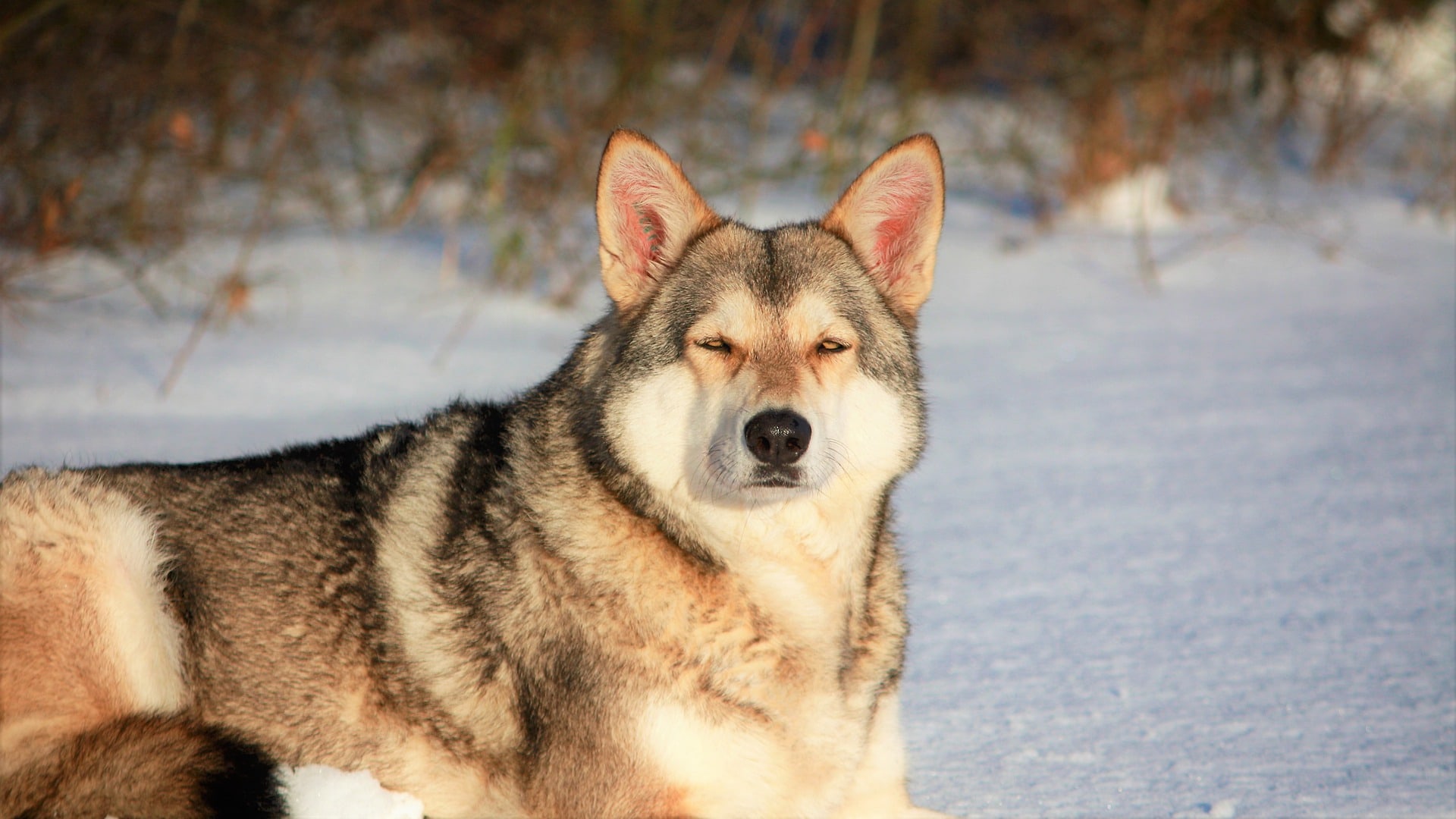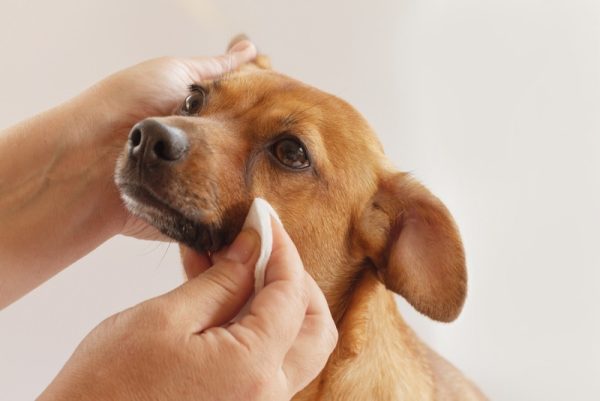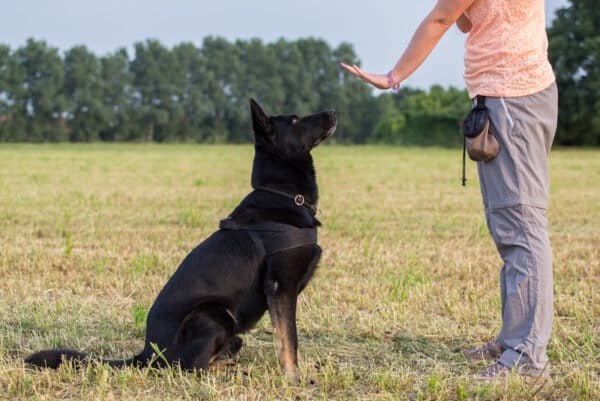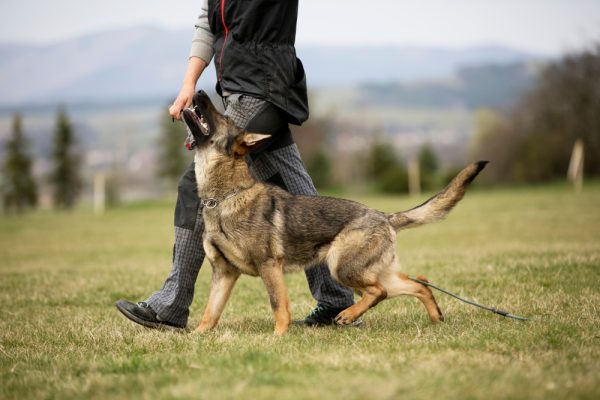In this article
View 8 More +The Saarloos Wolfdog, also known as the European Wolfdog, is a hybrid breed, a cross between a German Shepherd and Eurasian Grey Wolf, named after the creator of the breed, a Dutch breeder named Leendert Saarloos. The Saarloos Wolfdog has the appearance of the Grey Wolf but has the intelligence, loyalty, and curious nature of the German Shepherd. While the Saarloos is technically a domestic dog breed, they retain many wolf-like qualities, namely their independent nature, power, and somewhat reserved personality when it comes to strangers.
Breed Overview
Height:
24–28 inches
Weight:
70–90 pounds
Lifespan:
10–12 years
Colors:
Grey, red, white
Suitable for:
Experienced dog owners, active families, and singles
Temperament:
Active, energetic, loyal, reserved, independent
These dogs are predominantly used as working animals due to their stamina, energy, and strength, but with the right training and socialization and plenty of exercise, they can make great companion animals too. Their active nature, power, and size make them unsuited for apartment living, though, and they are happiest with a large backyard with loads of space.
If you’ve always dreamed of having your very own wolf, the Saarloos Wolfdog is about as close as it gets! Read on to find out more about this unique dog-wolf hybrid.
Saarloos Wolfdog Characteristics

Saarloos Wolfdog Puppies
Saarloos Wolfdogs may be half-wolf, but they have inherited all the best traits from German Shepherds, so they can make great companion animals. That said, they are known for their aloof, reserved personalities and independent nature, and they are suited for experienced dog owners only because they need plenty of dedicated training. These dogs also need a ton of exercise, and if you are away from home frequently or don’t have the time to dedicate several hours per day to training and exercise, the Saarloos is unfortunately not the dog for you.


Temperament & Intelligence of the Saarloos Wolfdog 🧠
Saarloos Wolfdogs certainly look the part — they closely resemble the Grey Wolf of their heritage — but the breed is not as assertive as Saarloos had intended. Instead, while a typical Saarloos Wolfdog’s temperament is somewhat reserved and aloof, they are generally gentle dogs that are rarely aggressive toward people or other dogs, despite their imposing appearance. Still, their wolf-like appearance can work wonders if you’re looking for a guard dog!
They are generally considered to be even-tempered and good-natured dogs and are mostly quiet and reserved animals, albeit highly energetic and active. They form powerful bonds with their owners and are notoriously loyal and protective. They do not do well when left alone for long periods because they are accustomed to being in packs. While they are protective and alert animals that make great guard dogs, they are rarely aggressive and tend to avoid confrontation wherever possible. Most Saarloos Wolfdogs will slink away and hide when they feel threatened rather than fight.
A Saarloos Wolfdog’s personality can be a bit reserved and aloof at times, especially around strangers, but are about as loyal and devoted to their owners as any other dog.
Are These Dogs Good for Families? 🏡
Saarloos Wolfdogs can make great family pets — with proper training and socialization, of course. These dogs need a firm pack leader and do well when given boundaries and proper training. If they get this from a young age, they can be wonderful family dogs. However, they are not recommended for families with very young children, as their athleticism and power can easily accidentally hurt a small child.
Does This Breed Get Along With Other Pets? 🐶 😽
Saarloos Wolfdogs have a strong prey drive and will chase small animals — like the family cat — if given the chance. This can be mitigated with proper training and early socialization, though, and if they are raised with cats, there should not be an issue. Saarloos Wolfdogs are pack animals at heart and can happily live with other dogs.

Things to Know When Owning a Saarloos Wolfdog
Food & Diet Requirements 🦴
Saarloos Wolfdogs are medium-sized pooches that have a great deal of energy and stamina and need a diet to match their activity levels. They’ll need around 2–3 cups of high-quality dry food per day, ideally split into two meals and supplemented with lean meats or canned food occasionally. Since these dogs are part wolf, they need a diet high in animal protein, so be sure to read the ingredient list on the food that you choose carefully, and ensure that the first-listed ingredient is an animal-based protein.
Try to avoid foods with tons of fillers or too many grains, like wheat, soy, and corn, and make sure your dog has constant access to fresh, clean water.
Exercise 🐕
Saarloos Wolfdogs are high-energy dogs with plenty of stamina and need regular daily exercise to stay happy and healthy. At a minimum, these dogs need 60 minutes of intensive exercise per day, but 90 minutes is best. This includes running, walking, cycling, or hiking on trails, but they’ll need a large, well-fenced backyard to play in too. Saarloos Wolfdogs are highly intelligent animals, so mental stimulation is as important as physical exercise. You’ll need to challenge them mentally with regular training and interactive games or puzzles to keep their minds sharp and out of mischief.
Training 🦮
Saarloos Wolfdogs need a firm, confident hand in training with a strong pack leader; otherwise, they will quickly take the position for themselves! This is why they are not recommended for novice owners. These dogs have a somewhat aloof and independent nature that can make training a challenge. That said, they are also highly intelligent and eager to please their owners, so with the correct techniques, they are quick to learn and are not difficult to train for experienced owners.
Early socialization and plenty of exercise and mental stimulation are also essential to good training — a well-exercised dog is a well-behaved dog!
Grooming ✂️
The Saarloos Wolfdog has a fairly dense, straight coat and is a moderate shedder, but they need to be brushed regularly to remove dead hair and keep their coat healthy. They’ll rarely need a bath unless they get very dirty, so be careful of over-bathing, as this can disrupt the natural oils in their coat and skin and cause issues later. Other than that, they are fairly low-maintenance dogs when it comes to grooming. You may need to trim their nails occasionally if they’re not getting worn down on their own and to brush their teeth at least once a week to prevent dental issues.
Health and Conditions ❤️
Saarloos Wolfdogs are relatively healthy animals overall, but there are a few genetic health problems to keep an eye out for. Since they are such powerful, active dogs, they are prone to hip and elbow dysplasia and degenerative myelopathy, so it’s important to not over-exercise them while they’re young and still developing. Intensive exercise before they’re 1 year old can put a strain on their joints and lead to joint and spine conditions.
- Allergies
- Obesity
- Bloat
- Cataracts
- Hip and elbow dysplasia
- Degenerative myelopathy
- Progressive retinal atrophy
- Pituitary dwarfism
Male vs. Female
In general, male Saarloos Wolfdogs are slightly bigger and more muscular than females and tend to become more attached to their owners too. While both males and females have a tendency to be aloof at times, females are known to be more independently natured than males and are generally far happier to do their own thing. Since males mature slower than females, they can be more of a challenge to train because they are easily distracted by outside influences.
Most experts recommend spaying females and neutering males because this will reduce the chance of males wandering and stop unwanted pregnancies in females, as well as reduce their risk of mammary cancer and uterine infection (pyometra). These procedures also largely mitigate most of the hormonal differences between males and females and make for a more well-rounded dog overall. Of course, whether you have a male or female dog, it’s important to remember that all dogs are influenced far more by their upbringing, training, and environment than their sex. However, there are some particular considerations concerning spaying and neutering in the Saarloos breed.
Being a large-giant breed, recommendations vary about the ideal time for these procedures. For dogs of this size, waiting until they reach the age of 2 years is preferred, but you should talk to your vet to decide what is best for your dog. As a relatively new breed, the Association of Saarlooswolfhond Lovers (AVLS) is currently implementing an outcross program to reduce the risks of inbreeding, which owners may be invited to participate in.

3 Little-Known Facts About the Saarloos Wolfdog
1. The breed was first developed in 1932.
Saarloos Wolfdogs are not exactly a new breed — they were developed in the early 1930s by a Dutch breeder named Leendert Saarloos, long before the trend of creating designer breeds became popular. There are various wolf hybrids around today, but the Saarloos Wolfdog was arguably one of the first.
2. The breed was created with a wolf obtained from a zoo.
Leendert Saarloos, the Dutch breeder, felt that the German Shepherds that he had so much love and reverence for had become too domesticated, and he longed for a dog with more natural tendencies and a stronger work ethic. He set out to create his own breed and secured a female Eurasian Grey Wolf from the Rotterdam Zoo, which he named Fleur, and bred her with one of his prized German Shepherds, named Gerard.
3. They are only roughly ¼ wolf.
Saarloos decided to cross the offspring of his GSD and wolf back to make a breed that retained only ¼ of the wolf bloodline — he didn’t want his dog to be too independent. The result is a dog that looks wolf-like but has the more laidback personality of the German Shepherd.


Conclusion
The Saarloos Wolfdog is about as close to owning a wolf as you’ll ever get! These dogs are powerful, majestic, and incredibly loyal, and despite their imposing appearance, they are affectionate and loving pooches too. They are highly energetic and active dogs and need a large backyard and plenty of daily exercise to stay happy and healthy. They are known to be aloof and independent animals at times and need a firm hand in training. This makes them largely unsuited for novice owners, but their intelligence and eagerness to please usually makes them pick up commands and training fairly quickly.
The Saarloos Wolfdog is a gorgeous, regal animal that can make a great family companion with the correct training. If you’re looking for a pooch with a wolf-like appearance but a dog-like personality, the Saarloos Wolfdog is a wonderful choice!
Featured Image Credit: Pixabay


















